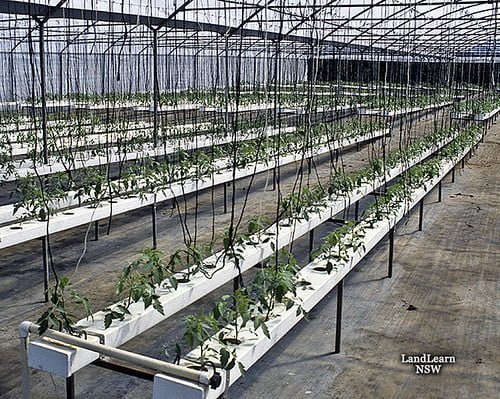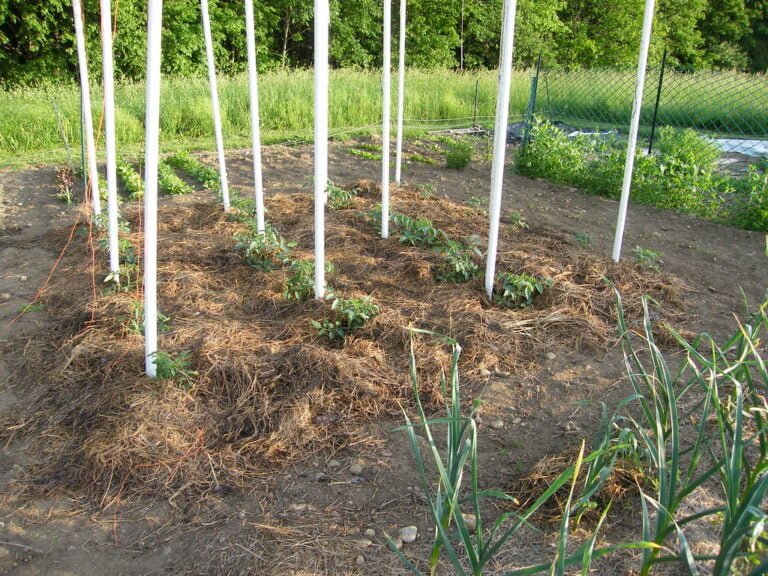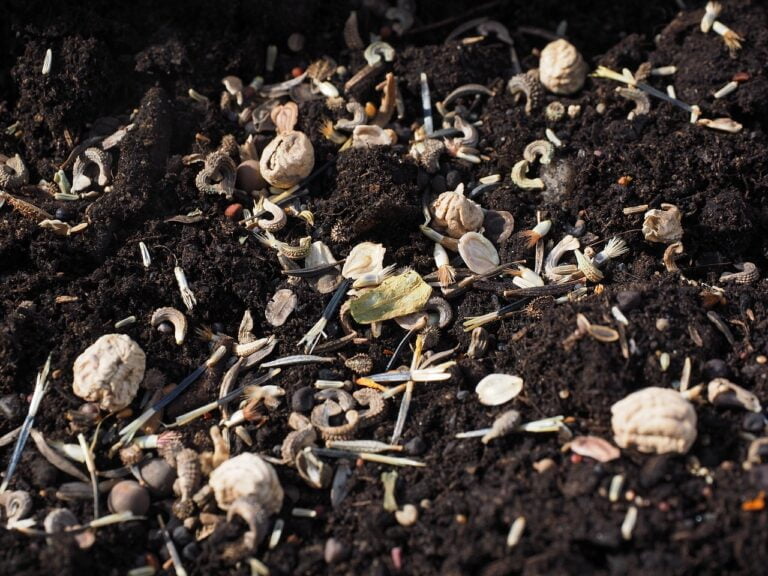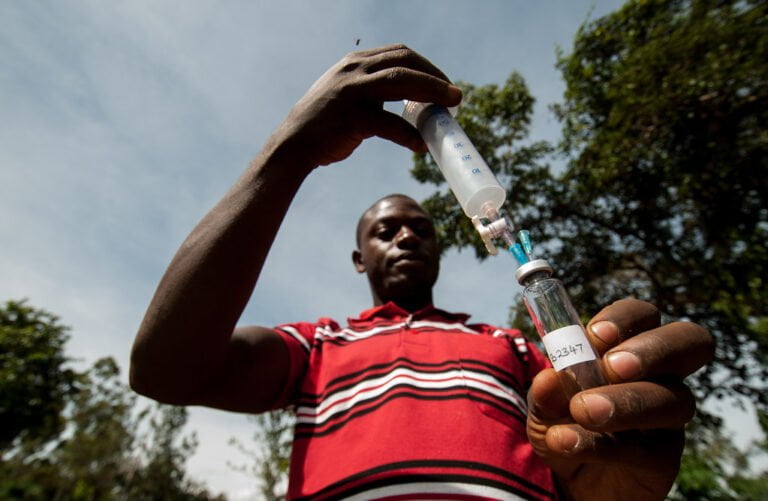Understanding and Managing Common Plant Diseases: A Guide to Fungal and Bacterial Disease Prevention and Treatment
Understanding and managing common plant diseases is essential for healthy plants. The plant disease triangle involves host plants, pathogens, and environmental conditions. Recognizing symptoms like leaf rust and bacterial ooze is important. Diagnosis methods include visual observation and lab testing. Prevention with cultural practices and resistant varieties is key. For fungal diseases, prompt identification and removal of infected debris is critical. Combat bacterial diseases with sanitation and targeted treatments. Follow approved agricultural products for effective management. Combine strategies for holistic disease prevention. For detailed insights into prevention and treatment, delve further.
Plant Disease Triangle Overview
In understanding plant diseases, the concept of the plant disease triangle emphasizes the essential interplay between a susceptible host plant, a disease-causing pathogen, and environmental conditions conducive to disease development. This triangle serves as a fundamental framework for comprehending how plant diseases take root and spread. The host, which can be any plant susceptible to disease, plays an important role in this relationship. The pathogen, often a fungal agent in the case of plant diseases, acts as the perpetrator, causing harm to the host. Without a conducive environment, however, the pathogen may struggle to establish itself and cause significant damage to the host plant.
Effective disease management hinges on disrupting one or more elements of this triangle. By altering the environment, reducing host susceptibility, or controlling the pathogen population, the likelihood of disease outbreaks can be greatly minimized. Prevention strategies are specifically designed to break this disease triangle, thereby safeguarding plant health. Through careful observation and understanding of these elements, one can proactively address potential disease risks before they escalate. By managing the elements of the disease triangle diligently, one can create an environment less hospitable to pathogens, thereby promoting overall plant health and vitality.
Recognizing Symptoms and Signs
When identifying plant diseases, a sharp observation of symptoms and signs is essential for accurate diagnosis and effective treatment. Fungal diseases can present in various ways, such as leaf rust, stem rust, powdery mildew, and anthracnose on berries. Look out for visual cues like damping off of seedlings, leaf spot, chlorosis, and stripe rust to help pinpoint fungal infections. On the other hand, signs of bacterial diseases may include bacterial ooze, water-soaked lesions, cankers, and crown gall. Symptoms of bacterial infections may manifest as leaf spots with yellow halos, fruit spots, and shepherd’s crook stem ends on woody plants.
Viral diseases, in contrast, exhibit distinct symptoms like mosaic leaf patterns, crinkled leaves, yellowing, and plant stunting without visible signs. By recognizing these symptoms and signs, gardeners and farmers can take proactive measures to manage and treat plant diseases promptly. Early detection is critical in preventing the spread of diseases and minimizing crop losses. Stay vigilant for these key indicators to maintain the health and vitality of your plants.
Diagnosis and Confirmation Methods
When diagnosing plant diseases, I depend on various methods such as visual observation and lab testing procedures to accurately identify the issue at hand. Employing these techniques allows me to pinpoint the causal agent and assess the severity of the disease effectively. Confirming the diagnosis is essential in determining the appropriate course of action for managing and treating the plant disease.
Lab Testing Procedures
Employing various advanced techniques such as ELISA and PCR, plant disease lab testing procedures aim to accurately detect specific pathogens or antibodies for precise diagnosis and confirmation. Plant tissue sampling and culturing help in isolating and observing pathogen growth, aiding in identification. Serological tests like agglutination and precipitation tests determine the presence of specific antigens or antibodies related to plant pathogens. Molecular techniques, including DNA sequencing and bioinformatics analysis, are essential for identifying and characterizing plant pathogens effectively. These methods play an important role in diagnosing plant diseases accurately, enabling targeted treatment strategies. By utilizing a combination of these techniques, researchers and plant pathologists can swiftly identify the causal agents responsible for plant diseases and implement appropriate management strategies.
Visual Symptom Identification
Observing visual symptoms on plants is a crucial method for diagnosing and confirming the presence of various plant diseases, including those caused by fungal, bacterial, and viral pathogens.
Key Points:
- Visual symptom identification involves observing specific signs like leaf rust, stem rust, powdery mildew, and bacterial ooze on plants.
- Diagnosing plant diseases through visual symptoms helps in confirming the presence of fungal and bacterial pathogens.
- Symptoms of bacterial diseases include water-soaked lesions, cankers, crown galls, and shepherd’s crook stem ends on woody plants.
Recognizing these signs and symptoms is essential for accurate diagnosis and effective treatment of plant diseases. Effective confirmation methods are crucial for determining the appropriate course of action to manage and prevent further spread of infections.
Prevention Strategies and Controls
To effectively prevent and control plant diseases, it is essential to implement appropriate cultural practices and maintain ideal growing conditions. Starting with plant selection, choose varieties that are resistant to common fungal and bacterial diseases prevalent in your region. Proper irrigation is vital; water plants at the base to keep foliage dry and reduce the risk of fungal infections. Enhancing air circulation and ensuring adequate light penetration around plants can also help deter disease development.
Regular pruning is indispensable for plant health. Promptly remove any infected plant parts to prevent the spread of fungal and bacterial diseases. Remember to sterilize pruning tools between cuts to avoid transmitting pathogens between plants. Utilizing products like GardenTech® Daconil® Fungicide preventively can offer broad-spectrum protection against various fungal diseases in ornamental plants.
Managing Fungal Plant Diseases
When managing fungal plant diseases, it is crucial to promptly identify symptoms and implement effective control measures to prevent further damage to plants. Fungal plant diseases such as powdery mildew, rust, and leaf spot can wreak havoc on your plants if left unchecked. Here are some key strategies to effectively manage fungal diseases:
- Cultural Practices: Implementing proper cultural practices such as adequate spacing between plants, good air circulation, and avoiding overhead watering can help reduce the risk of fungal diseases taking hold in your garden.
- Sanitation: Regularly removing and disposing of infected plant debris can greatly reduce the spread of fungal pathogens. This includes fallen leaves, infected plant parts, and weeds that may harbor diseases.
- Chemical Controls: In severe cases or when cultural practices alone are not sufficient, chemical controls such as fungicides may be necessary. It is crucial to choose the right fungicide for the specific fungal disease affecting your plants and to follow application instructions carefully.
Treating Bacterial Plant Diseases
How can gardeners effectively combat bacterial plant diseases to safeguard their plants’ health and well-being? Bacterial plant diseases manifest in various ways, from leaf spots with yellow halos to fruit spots, cankers, crown gall, and shepherd’s crook stem ends on woody plants. Recognizing signs like bacterial oozing, water-soaked lesions, and bacterial streaming is important for prompt treatment. To manage bacterial diseases, sanitation practices should be implemented, infected plant material must be removed, and resistant plant varieties should be utilized. It is critical to accurately diagnose bacterial diseases to apply targeted control measures and prevent pathogen spread to healthy plants.
When treating bacterial plant diseases, consider using copper-based bactericides or antibiotics approved for agricultural use. These products can help manage diseases like fire blight, bacterial spot, and bacterial canker effectively. Proper application according to the manufacturer’s instructions is essential for maximizing efficacy while minimizing the risk of resistance development.
Additionally, cultural practices such as promoting good air circulation, avoiding overhead watering, and maintaining plant health through proper nutrition can help prevent bacterial diseases. Regularly inspecting plants for early symptoms, practicing crop rotation, and sterilizing pruning tools between cuts can also aid in disease prevention. By combining proper management strategies with early detection and intervention, gardeners can protect their plants from the damaging effects of bacterial diseases.






